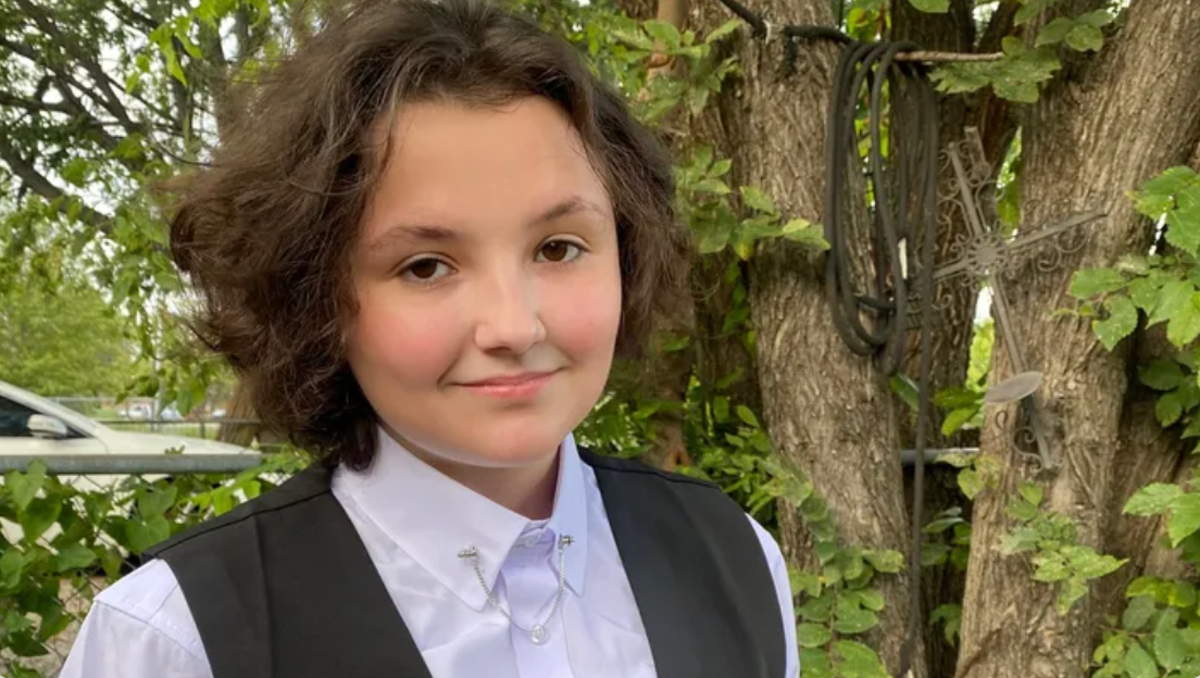
Two black models display various types of wigs and extensions. Photo: pexels.com, @kobby-brown-481977211, @godisable-jacob-226636 (modified by author) Source: UGC© Provided by Tuko
Introduction
Black women and wigs—a seemingly inseparable duo, yet the nuances of this relationship often remain shrouded in mystery. Despite the prevalence of wigs within the black community, the underlying motivations and historical significance of this practice merit exploration. Delving into the annals of history and contemporary culture, we unravel the multifaceted tapestry of black women’s affinity for wigs, shedding light on the underlying reasons and societal implications.
Why Do Black Women Wear Wigs?
The allure of wigs for black women transcends mere fashion statements, encompassing a myriad of practical and stylistic considerations. At the forefront lies the imperative of hair protection—a critical concern for individuals with black hair, characterized by its unique texture and susceptibility to damage. Wigs offer a shield against the ravages of heat styling and harsh weather conditions, safeguarding the integrity of natural hair from potential harm.
Moreover, wigs emerge as a powerful tool for self-expression, affording black women unparalleled versatility in styling. From sleek bobs to cascading curls, the myriad options facilitated by wigs empower individuals to embody diverse personas and embrace their aesthetic preferences with ease.
Understanding the Statistics
Delving into the statistical landscape, insights emerge into the prevalence of wig usage among black women. Surveys and articles reveal a consistent trend, with approximately 50% of women reported to have worn wigs at various points in time. These figures underscore the widespread adoption of wigs within the black community, reflecting their entrenched role as a cornerstone of hairstyling practices.
FAQs: Addressing Common Queries
- Why Do Black Women Wear Scarves to Bed?
Wearing scarves to bed serves a dual purpose for black women, offering both protection and preservation for their hair. By reducing friction between the hair and pillow, scarves mitigate the risk of breakage, ensuring the longevity of hairstyles. Additionally, headwraps facilitate the retention of natural oils, fostering optimal hair health and moisture levels. - How Do Women’s Wigs Stay On?
The adherence of women’s wigs relies on a repertoire of techniques, including tightening belts, non-slip strips, adhesives, and wig caps. These mechanisms work in tandem to secure wigs in place, ensuring a seamless and natural-looking fit. Furthermore, auxiliary strategies such as braiding the hair and utilizing wig pins enhance stability and minimize displacement. - What Is the Role of Fake Hair in Wig-Making?
Synthetic hair assumes a pivotal role in the construction of wigs, offering affordability and versatility unmatched by natural hair counterparts. Synthetic variants boast a diverse array of styles and colors, enabling experimentation and creative expression within the realm of hairstyling.
Exploring Historical and Cultural Contexts
The origins of wig-wearing trace back to antiquity, with ancient civilizations such as Egypt and Greece embracing wigs as symbols of status and prestige. Over millennia, wigs evolved from markers of social hierarchy to fashion accessories embraced by royalty and commoners alike. Within the African context, wigs found prominence during colonial encounters, undergoing transformations in materials and crafting techniques.
Conclusion: Navigating Tradition and Innovation
In essence, the phenomenon of black women wearing wigs encapsulates a rich tapestry of tradition, innovation, and self-affirmation. From the protective embrace of wigs to the boundless realms of stylistic exploration, this practice embodies the resilience and creativity of black women navigating the complexities of identity and beauty standards. As we continue to unravel the enigma of wigs within the black community, one thing remains abundantly clear—the enduring legacy of wigs as a symbol of empowerment and self-expression.
Key Takeaway
Black women’s affinity for wigs transcends superficial stereotypes, rooted instead in practical considerations and cultural nuances. From hair protection to stylistic versatility, wigs serve as indispensable tools for self-expression and empowerment within the black community.
Statistics:
- Approximately 50% of black women have worn wigs at various points in time, reflecting the widespread adoption of wigs within the community.
FAQs:
- Wearing scarves to bed protects the hair from breakage and preserves natural oils.
- Women’s wigs stay on through various methods, including tightening belts and wig caps.
- Synthetic hair plays a crucial role in wig-making, offering affordability and versatility.
Conclusion:
The history and significance of wigs among black women are deeply intertwined with notions of identity, culture, and self-expression. As we navigate the complexities of contemporary beauty standards, the enduring legacy of wigs serves as a testament to the resilience and creativity of black women in shaping their narrative on their own terms.



